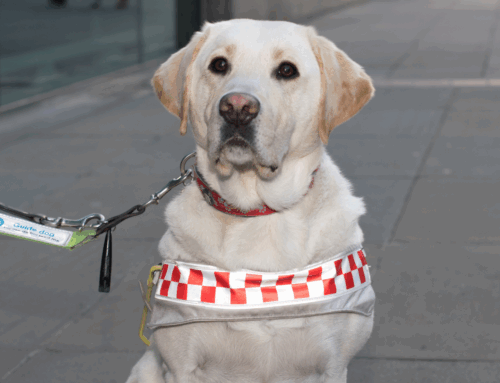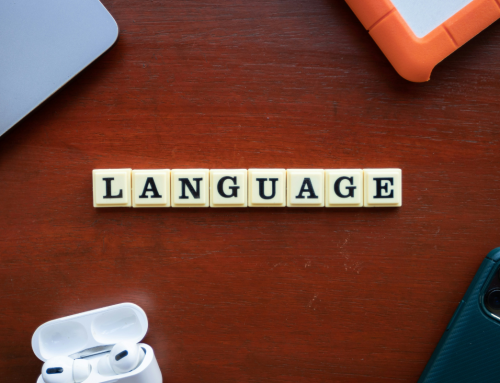Meetings can be really tricky for D/deaf* people especially when little or no thought has been made in terms of access. It can be a really demoralising experience attending a meeting when you’re access needs aren’t met, you’re missing half of what is happening, and you don’t feel included or able to contribute effectively. The good news is it isn’t difficult to make meetings accessible for D/deaf people with a little consideration and planning.
Fail to prepare, prepare to fail.
To make your meeting accessible to D/deaf people it’s important that you plan the meeting quite a while in advance. Firstly, don’t assume that there isn’t anyone D/deaf attending. If we had a pound for every time we are told that no one has hearing loss and then at the end of a training session or meeting someone discloses to us and/or their team that they do, we would be rich! There is still a stigma surrounding hearing loss and lots of people don’t feel confident or comfortable telling their colleagues. Make sure you always ask whether anyone has any access requirement when scheduling a meeting. These following tips should be put into place regardless of whether or not anyone discloses.
1. Check if any communication support is needed
This could be a Sign Language interpreter or a Speech to Text Reporter for example. It’s important that you ask this question as soon as the meeting is scheduled and book the communication support as quickly as possible as they tend to be very booked up. If you book someone, share your agenda and slides in advance.
2. Choose a suitable location
If it’s an in-person meeting, make sure that you schedule the meeting somewhere that’s well-lit and quiet without lots of background noise.
3. Make sure live captions are available for virtual meetings
It’s important that your chosen meeting platform has them available and they are enabled on your account. Automatic live captions are never perfect, but they do need to be understandable overall. If necessary, consider investing in live captioning software that will integrate with your chosen meeting platform.
4. Schedule in breaks
During virtual meetings it’s important that a short break is allowed every hour. In person meetings can be a little more flexible but we would suggest a break at a minimum of every 90 minutes. Consult with any communication professionals you have booked as they will have their own requirements.
5. Send out an Agenda
Send out an agenda before the meeting so everyone has clear reference points.
6. Nominate someone to take notes
In advance nominate someone to take notes so that key points and actions are recorded and shared with everyone after the meeting. Don’t expect someone who is D/deaf to do this as they will need to extra focused during the meeting.
7. Set expectations
It’s important that everyone knows in advance what they should do to make the meeting more accessible. We often find it easier to provide this information in advance and then have a little recap at the start of the session. Points to share include:
- In virtual or hybrid meetings ask everyone to have their cameras on so people can lipread and remain muted when not speaking to reduce background noise.
- Use visual clues before speaking (for example raising your hand physically or using the raise hand reaction virtually) so that lipreaders know who is speaking and are looking at you before you start speaking.
- Allow time to read/look at any slides/visuals before you start to speak. It can be helpful to share these in advance.
- Explain the importance of one person speaking at a time and if people start to speak over each other remind them.
*We use the term D/deaf to mean anyone with any level of deafness whether or not they belong to the Deaf community.
Keep up to date with all Enhance The UK’s top tips by following us on twitter @EnhanceTheUK. If we can help with training, access audits or general enquiries please do get in touch.



